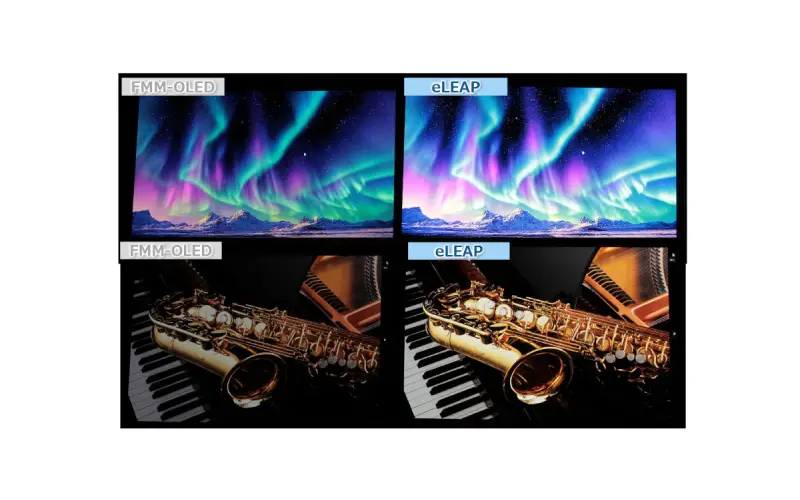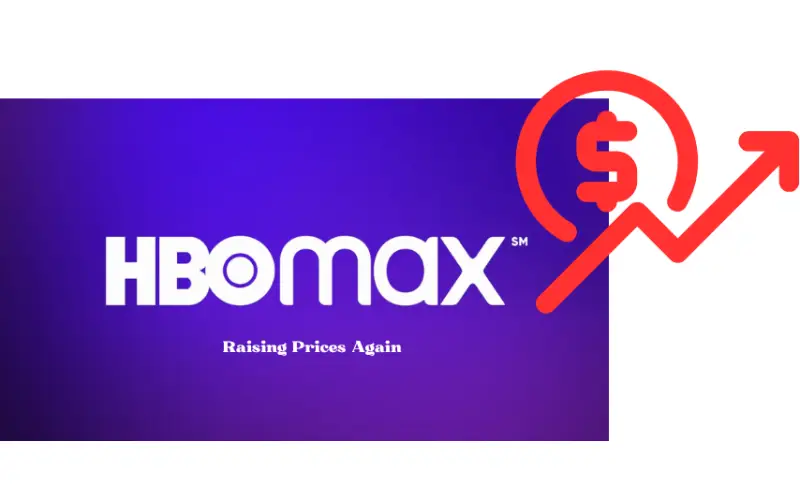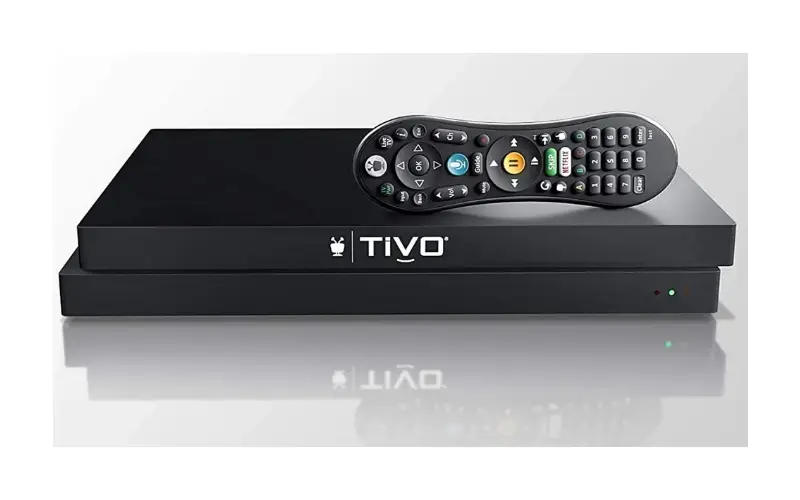By: CE Critic - Buy Better Tech
OLED (Organic Light-Emitting Diode) continues to dominate the high-end TV market, offering exceptional visuals. Here's an in-depth look at the technology's history, the latest innovations, and what consumers can expect.
OLED Background
- RGB OLED: A short-lived technology, but influential in the OLED landscape.
- WOLED: LG Display's established technology using white OLED sub-pixels with color filters.
- QD-OLED: Samsung Display's newer tech utilizing blue OLED with quantum dots for color conversion.
Japan Display Inc. (JDI) and eLEAP
JDI, formed by merging the display divisions of Sony, Toshiba, and Hitachi, is a significant contender in OLED development. Their innovative technology, eLEAP, debuted in 2022 with significant promises:
- Efficiency: 2x improved efficiency compared to traditional OLED.
- Brightness: 2x peak brightness potential.
- Longevity: 3x extended lifespan, mitigating burn-in concerns.
eLEAP Advantages
- Lithography-based Deposition: eLEAP employs a maskless deposition technique via photolithography for higher efficiency and brightness.
- Environmental Friendliness: Reduced waste and energy consumption.
- Scalability: Suitable for various screen sizes, from wearables to large TVs.
Production Status:
- Mobara, Japan Facility (6th Gen): Test production began in 2023, mass production on track for late 2024. Initial focus on laptops, smartphones, and wearables.
- Proposed Chinese Facility (8.7th Gen): Partnership with HKC fell through. JDI may proceed independently, but production is delayed to 2027, impacting large-panel OLED production.
Key Technical Specifications
- Aperture Ratio: eLEAP achieves a 60% aperture ratio (vs. 28% for traditional OLED), enabling lower driving currents for better efficiency and longevity.
- Brightness: 1600-nit peak brightness demonstrated in 14" laptop panels (single-stack). Potential for 3000+ nits using tandem structures.

Additional Considerations
- Industry Interest: Reports of Samsung Display's interest in eLEAP remain unconfirmed.
- Licensing: JDI appears reluctant to offer exclusive licensing, potentially increasing adoption.
- Early Adoption: No confirmed brand partnerships for eLEAP-based TVs at this time.
The Future for TV Enthusiasts
OLED technology, specifically QD-OLED and now potentially eLEAP, brings compelling advantages to high-end TVs:
- Superior Blacks: Individual pixel control for true blacks, unattainable by LCD-based solutions.
- Contrast and Color Accuracy: Excellent dynamic range and color reproduction.
- Viewing Angles: Virtually perfect viewing angles, ensuring image consistency across the room.
While eLEAP's debut in consumer TVs remains uncertain, the technology itself holds the potential to further improve OLED performance and longevity. The OLED TV market will likely become even more competitive, benefiting enthusiasts seeking the ultimate cinematic experience at home.





